A Pony Born for the Future: How a 60-year-old American icon found new life under a visionary’s hand
In the early 1960s, Ford was in a bind. Their lineup was respectable but lacked something that stirred aspiration in the younger buyer. Enter Lee Iacocca, then vice-president of the Ford division, who championed a bold new concept: a sporty, affordable, stylish car targeted at youth and offered in high-volume fashion. The resulting project—born in essentially 18 months—would become the Mustang.

The public debut came at the 1964 New York World’s Fair (unveiled April 14 for press, April 17 to public), under the dramatic spectacle of the Ford pavilion. The initial cars rolled off the line in March 1964, technically before the formal model year, which led to the lore of the “1964½” Mustangs. But Ford officially marketed them as 1965 models.
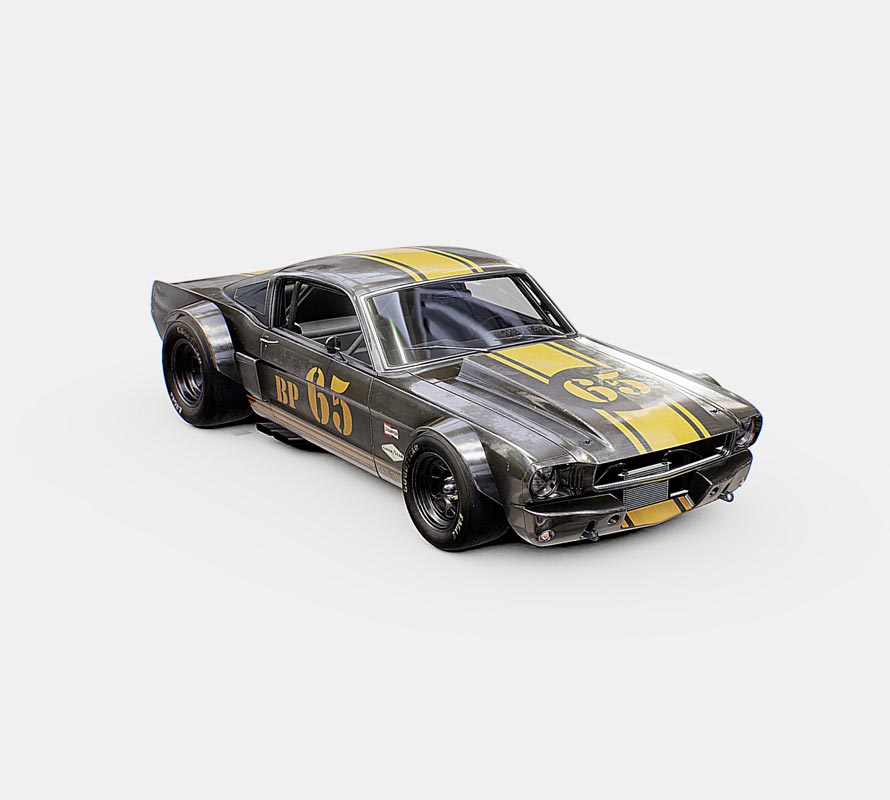
By the time the full 1965 model lineup was released, Ford had refined some details: backup lights were added, alternators replaced old generators, and more robust V8 options replaced weaker early engines. A new “2+2” fastback body style joined the coupe and convertible lines. Importantly, the 1965 model wasn’t a complete redesign—it built upon the original Mustang template while refining performance and appeal.
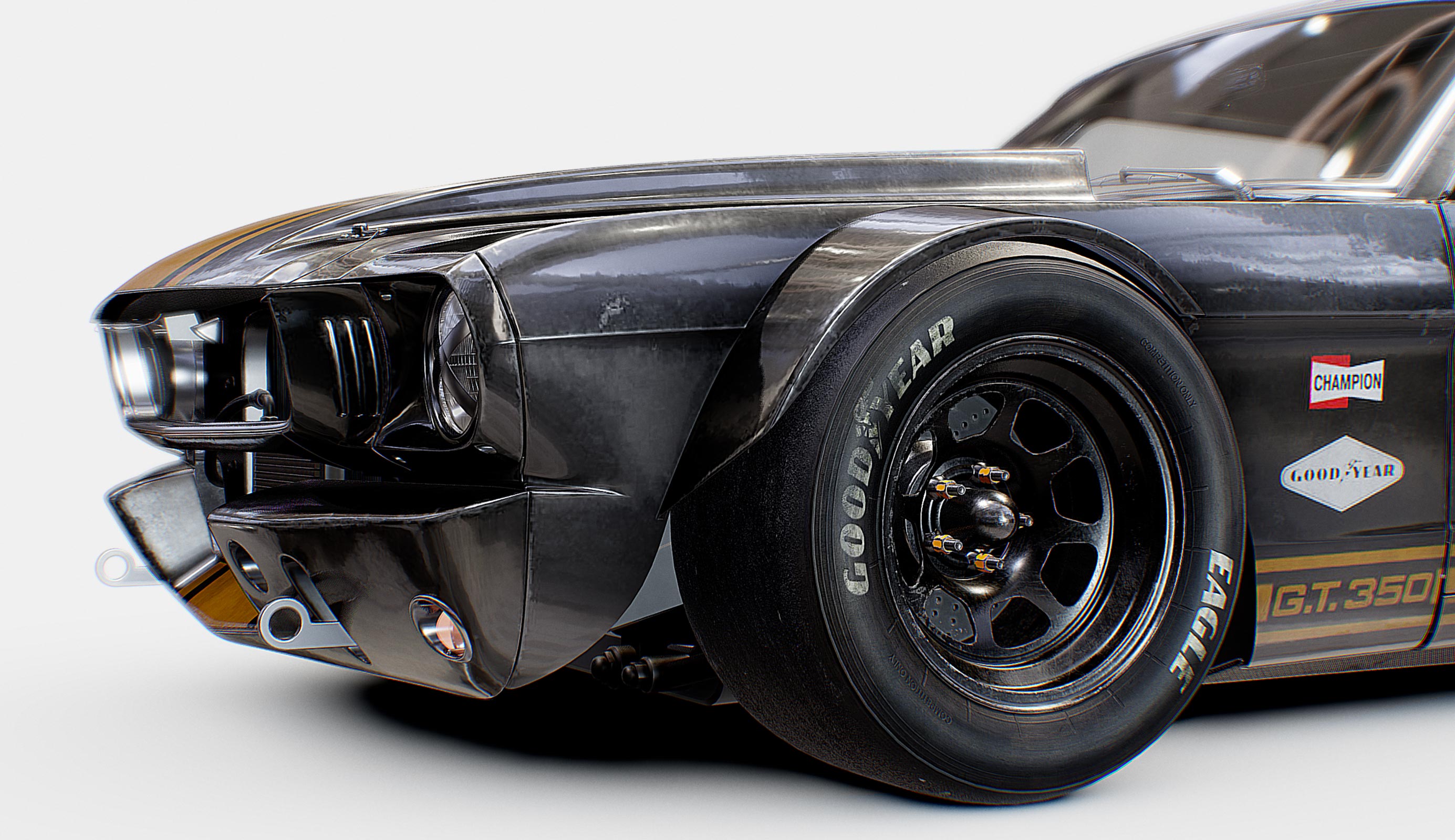
To understand what made the 1965 Mustang tick (and what a custom “RK” might emphasize), here are the baseline mechanicals and variants:
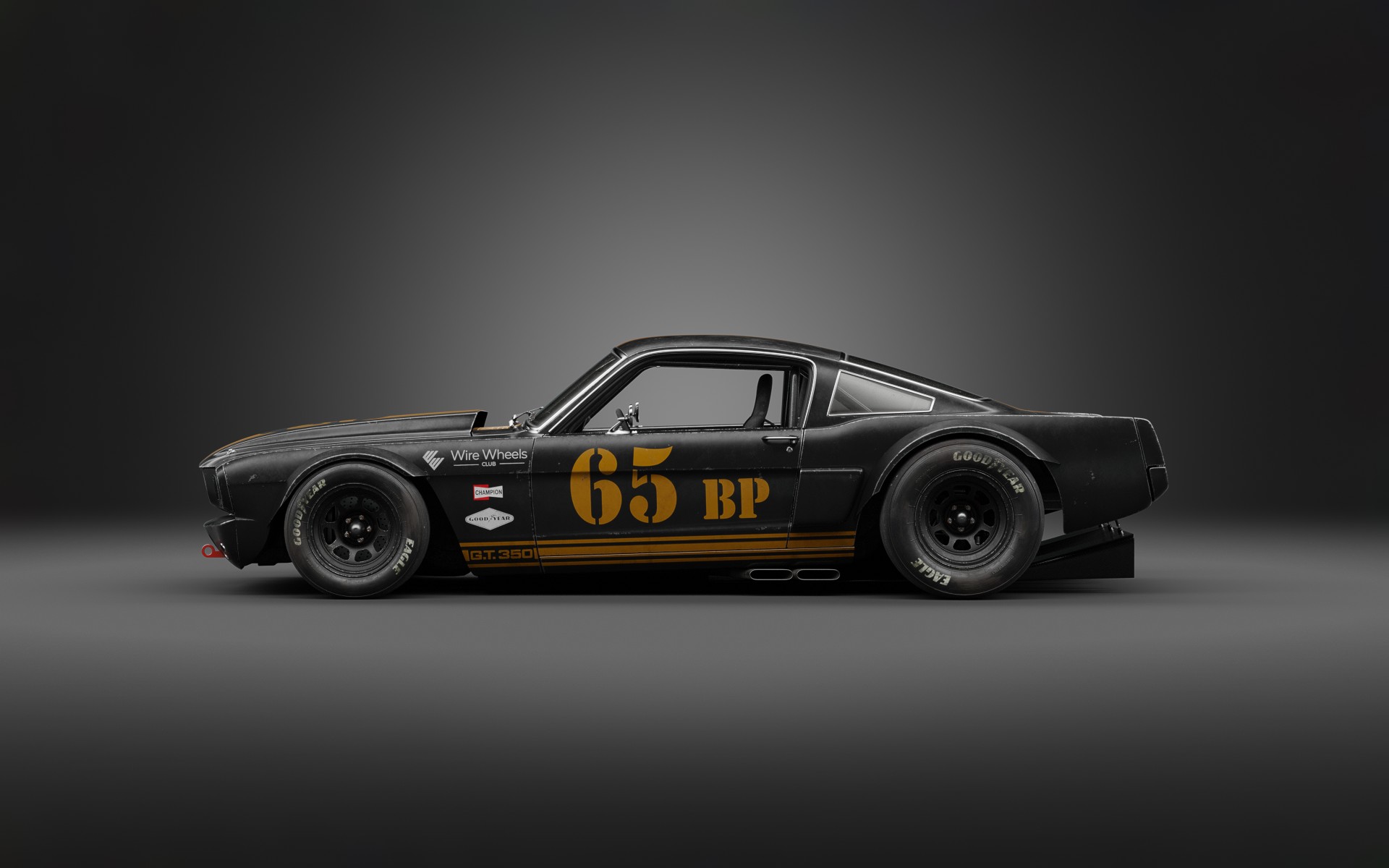
Of course, many surviving Mustangs have been restored, modified, or restomodded—so in a hypothetical “RK” build, these numbers might be upgraded significantly (e.g. increased compression, modern fuel injection, lighter components, etc.).
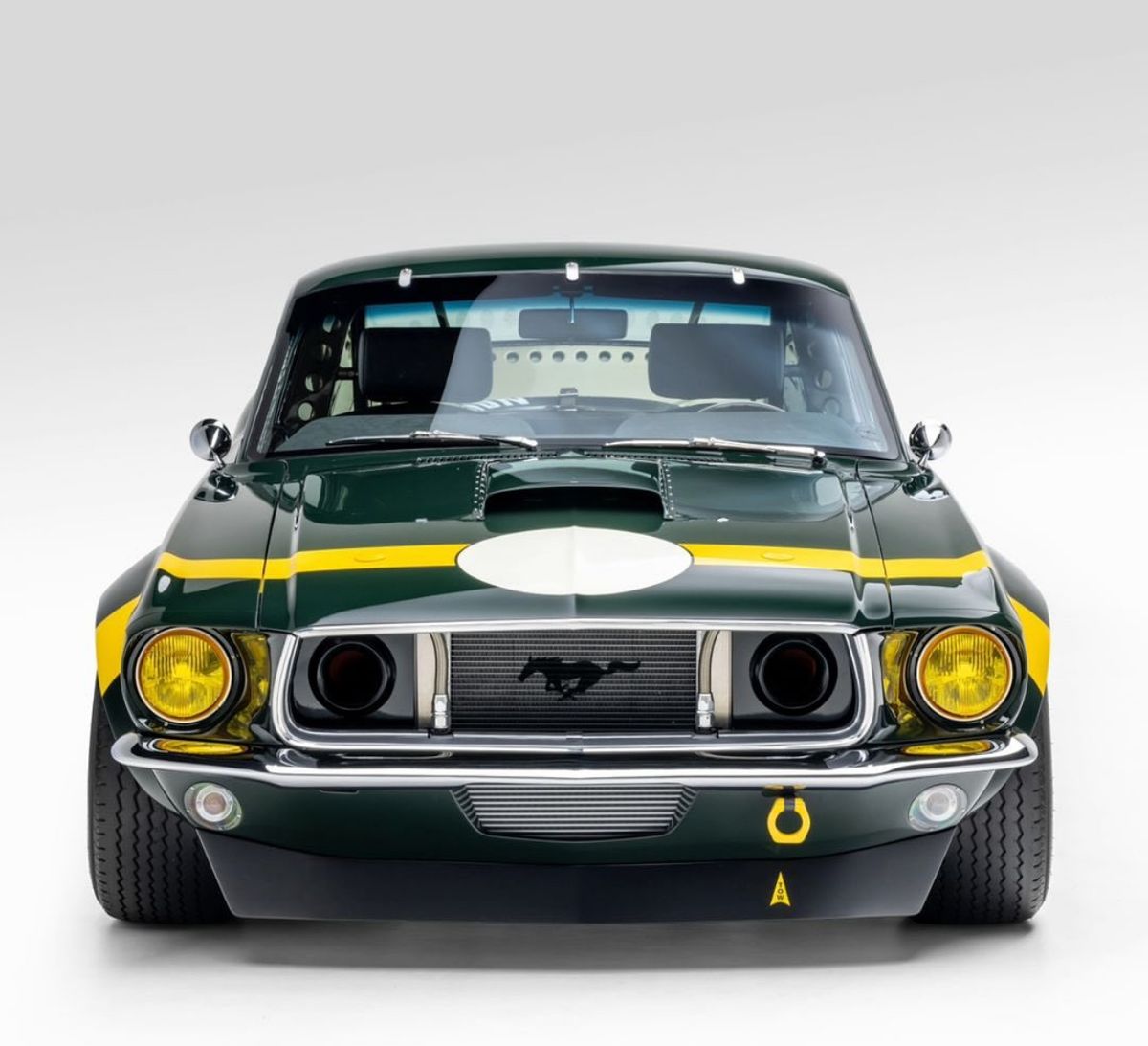
In 1965, the Mustang’s platform was derived from the Ford Falcon compact—thus it borrowed suspension and chassis elements from Falcon underpinnings. The Mustang retained a front-engine, rear-wheel-drive layout.
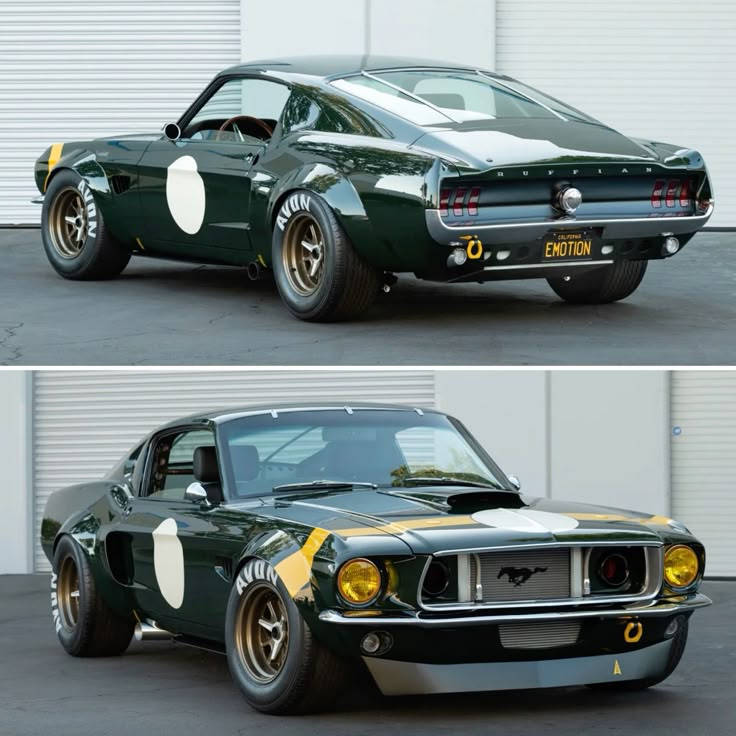
One notable option in 1965 was the addition of front disc brakes (available on some models), which was a serious performance upgrade over drums.
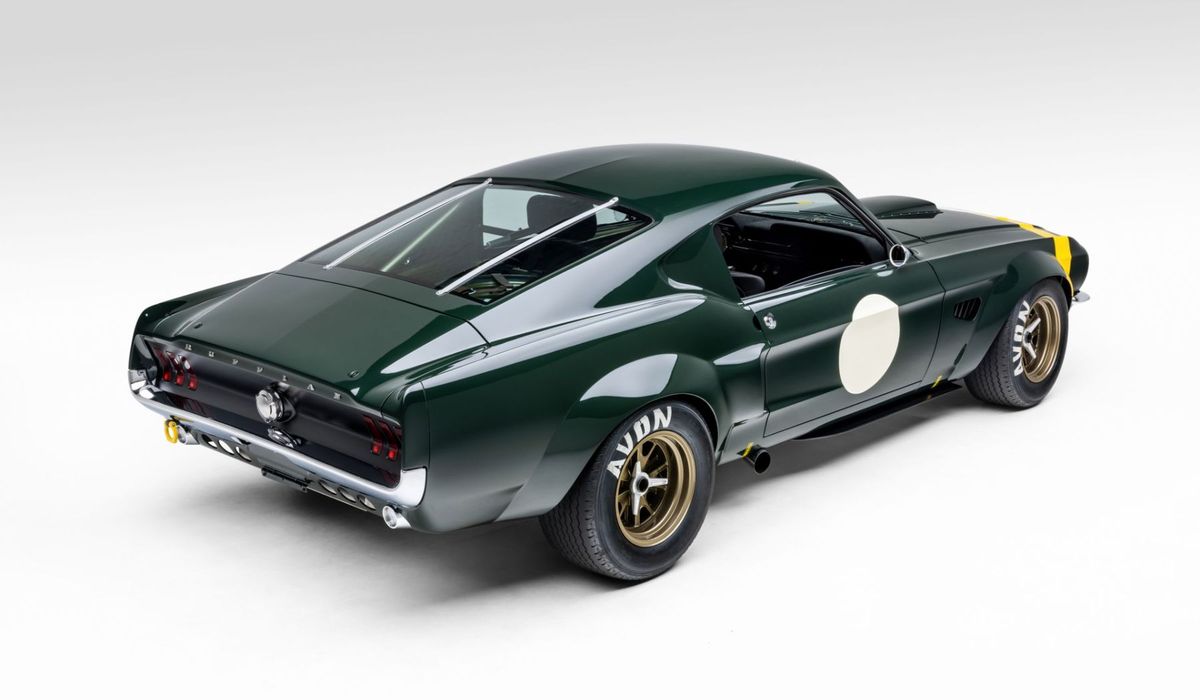
What made the 1965 Mustang a legend isn’t just its mechanicals, but its aura. It embodied the “long hood, short deck” proportions that would become a visual hallmark of the pony car genre. Its sleek lines, sporty badging (pony emblem galloping in the grille), and customizable options (from color combinations, interior trims, hoods, stripes) gave buyers a sense of personalization.
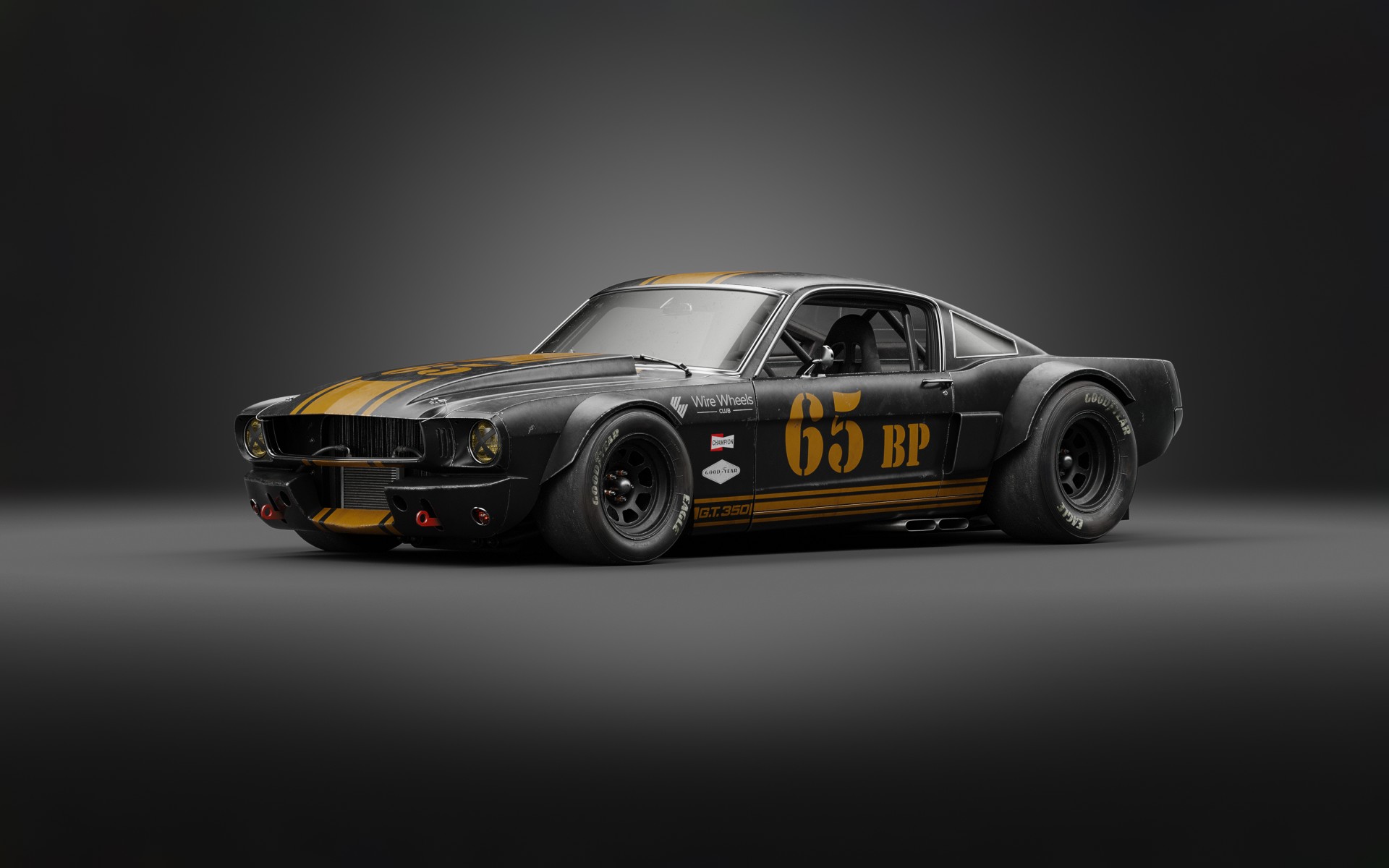
Within two years of its launch, Mustang sales had exceeded one million units: a feat unheard of for a “sports-style” car in that era. The Mustang effectively birthed the “pony car” segment and prompted immediate responses from rivals like the Chevrolet Camaro, Pontiac Firebird, AMC Javelin, and Dodge Challenger.
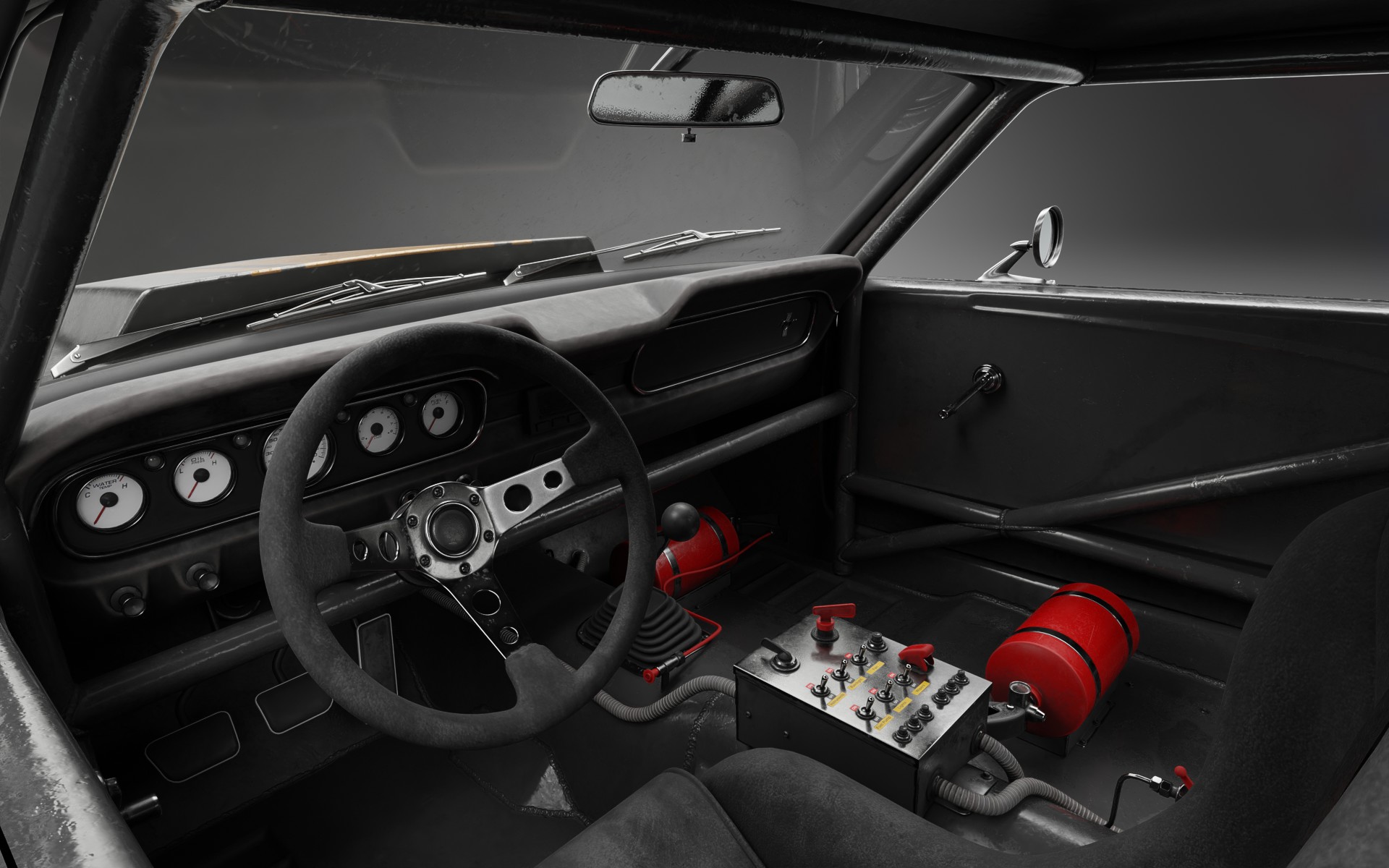
To borrow an anecdote: one early Mustang (a convertible in Wimbledon White) was used for product placement in Goldfinger (1964) — the film’s London premiere featured it in a chase scene.
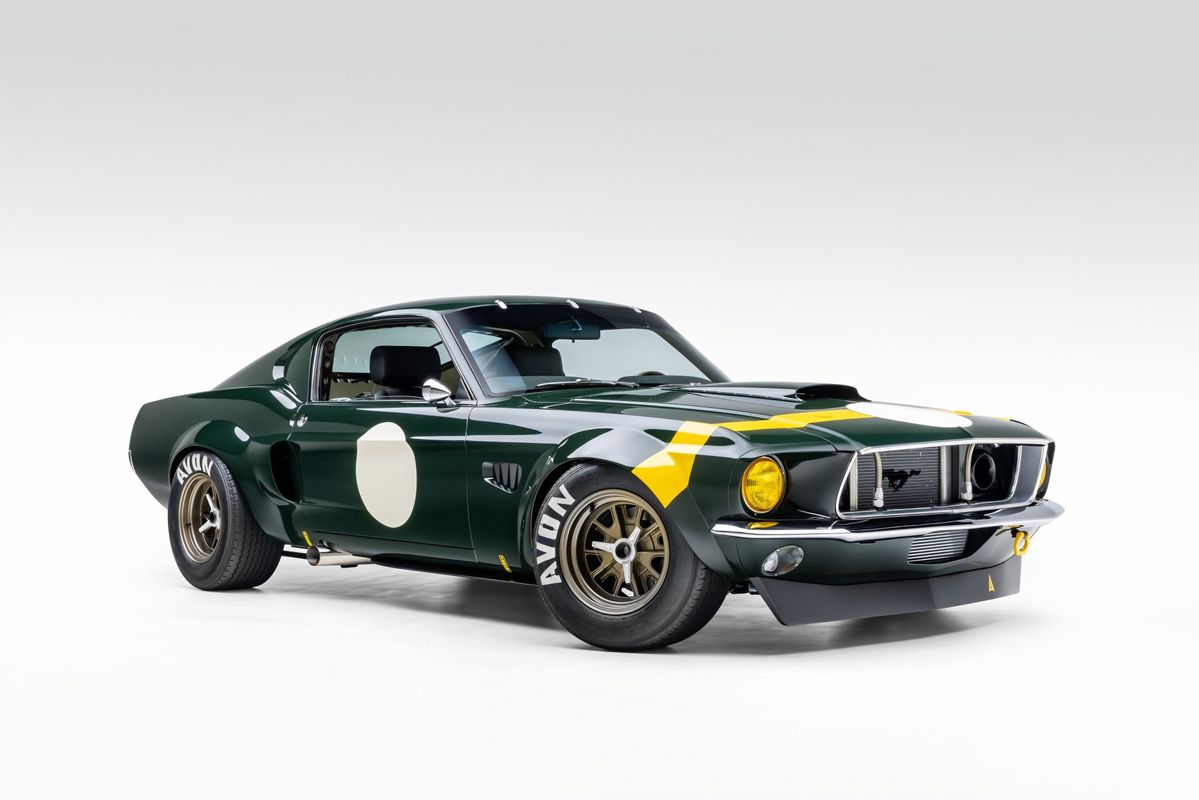
Meanwhile, Carroll Shelby – the ambitious former racer and constructor – collaborated with Ford to produce high-performance variants. The Shelby GT350 (based on the 1965 Mustang fastback) not only bolstered the car’s performance cred but also elevated its appeal among motorsports circles.
Let’s imagine that your “RK” is a bespoke restomod or tribute package: maybe “RK” stands for a private builder’s initials (say, “R. King”), or a racing kit “Road/Track.” In such a speculative context, here’s how the 1965 Mustang RK might differ:
Thus an “RK” Mustang would aim to deliver the emotional punch and classic looks of the 1965, but with drivability, reliability, and performance that can match or exceed modern expectations.
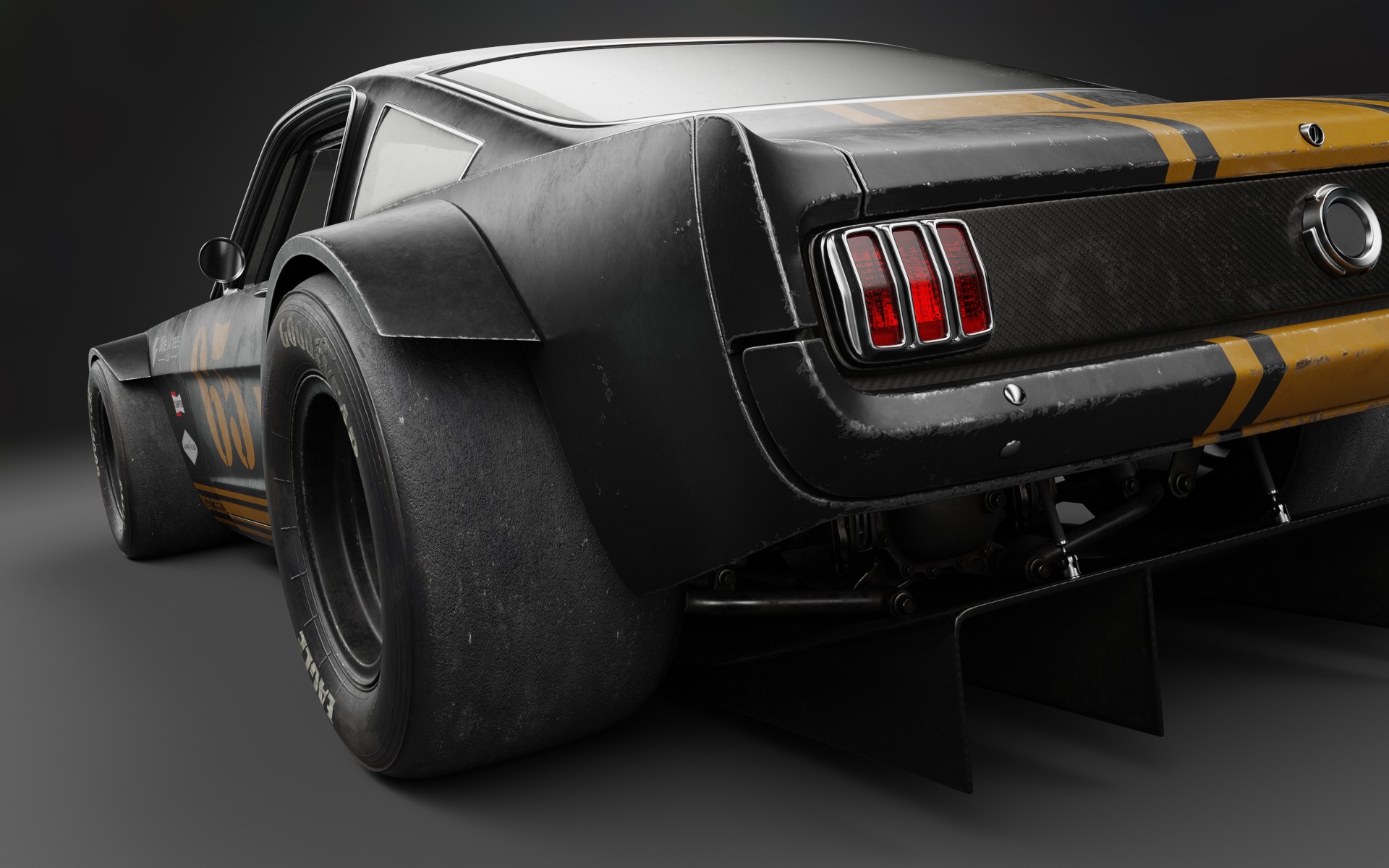
When such a machine emerges in a concours or track day, the high points would be:
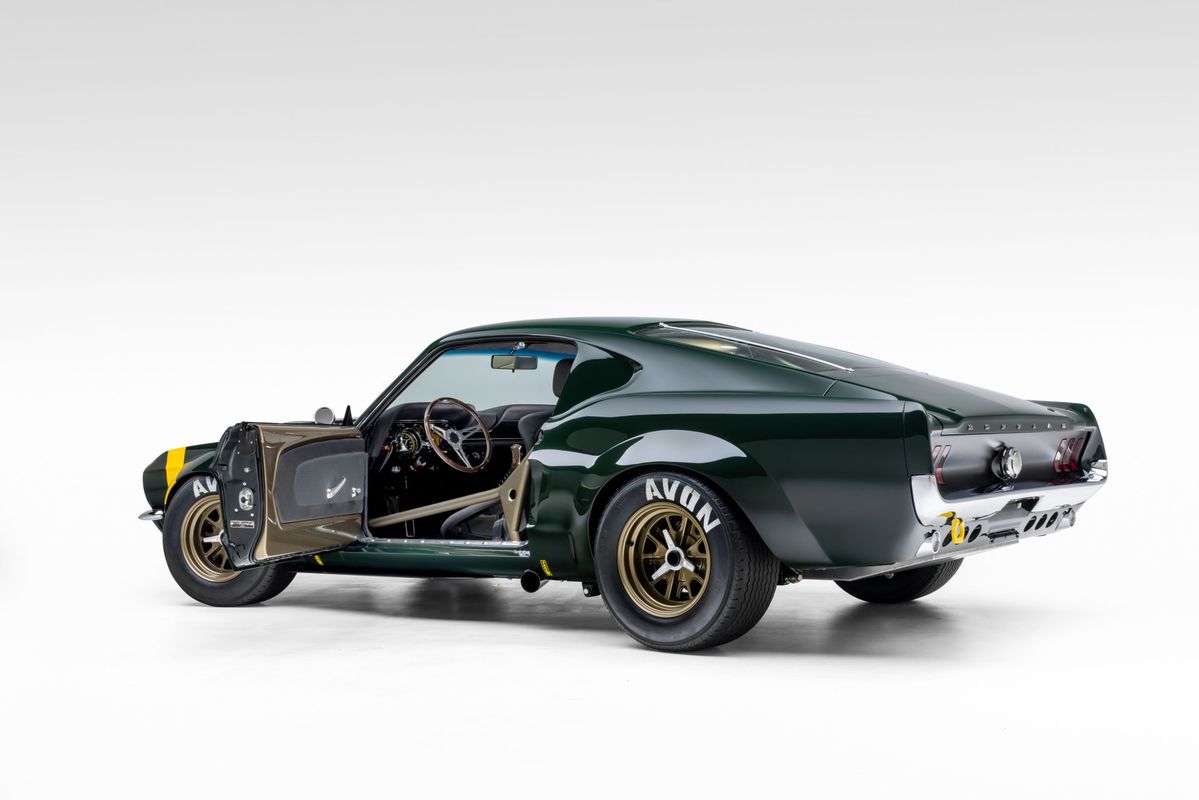
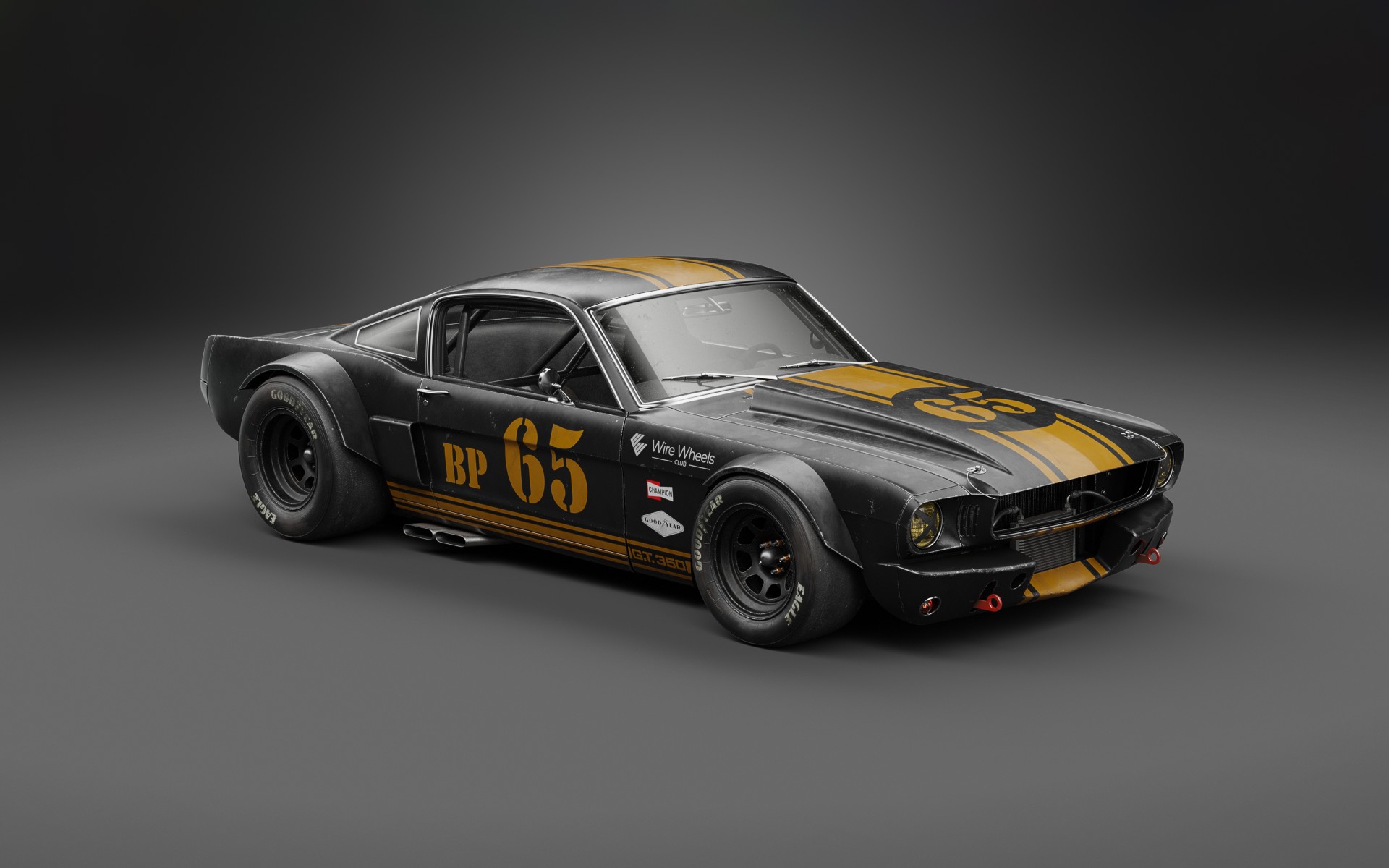
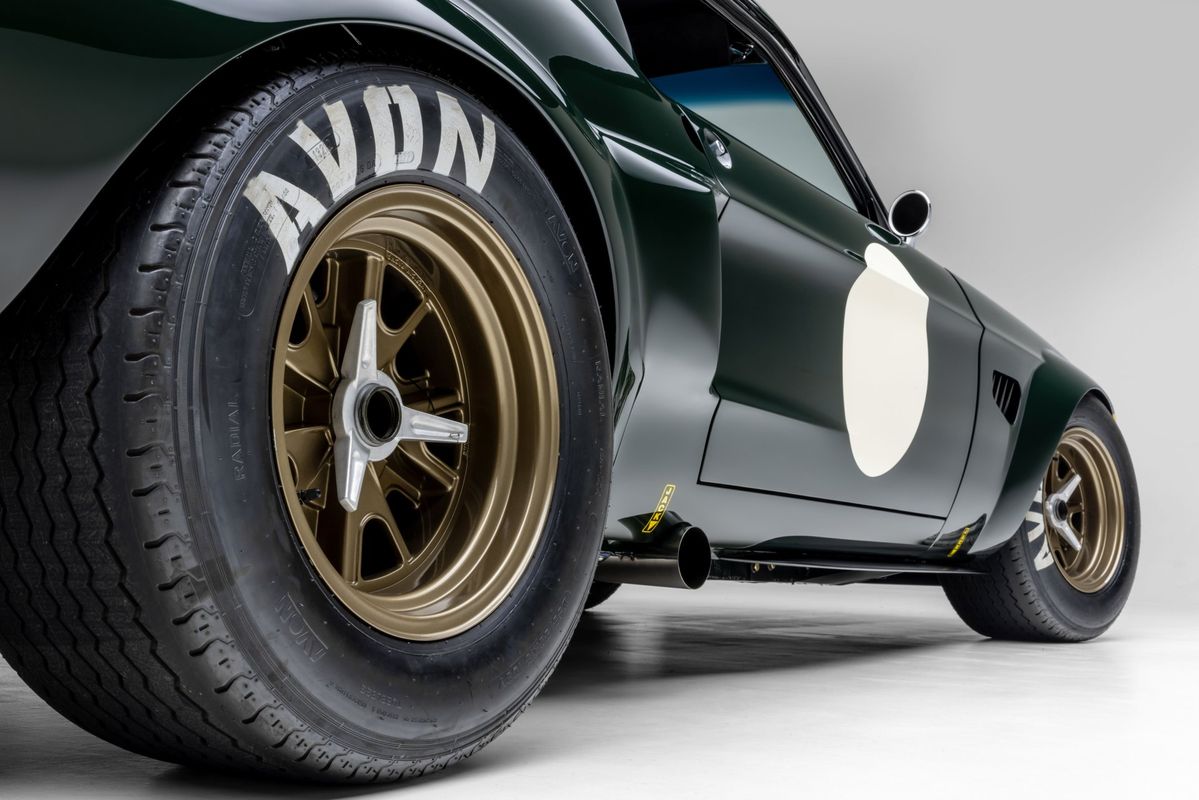
Even in 1965, the Mustang had already dipped into motorsport. Ford prepared factory experimental Mustangs (with 427 big-blocks) for drag racing in 1965 under NHRA rules. The Shelby GT350’s racing success in SCCA (Sports Car Club of America) bolstered the Mustang’s muscle reputation.
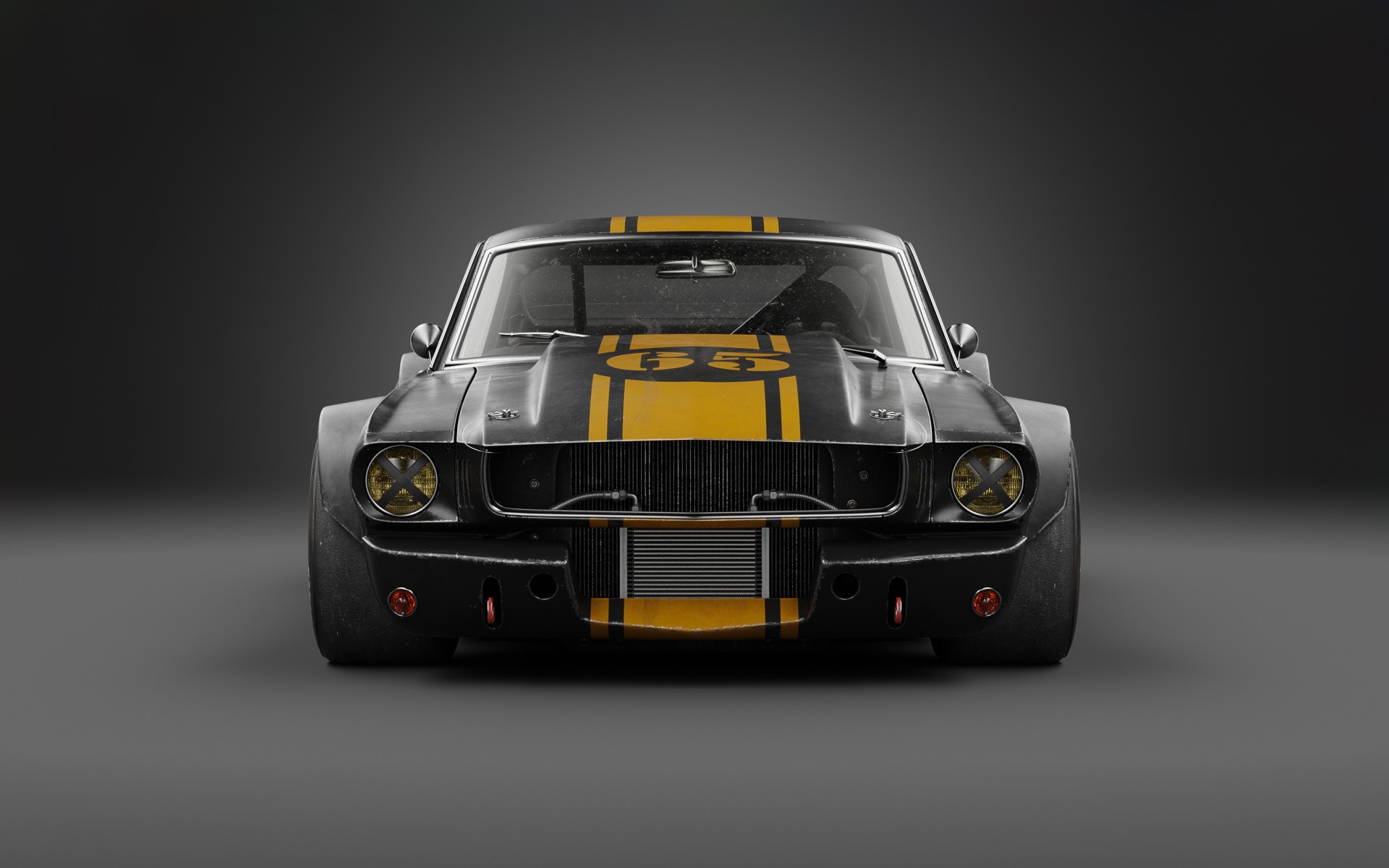
One notable race in 1965: Norm Beechey drove a Mustang to win the 1965 Australian Touring Car Championship — the first V8-powered car to claim it.
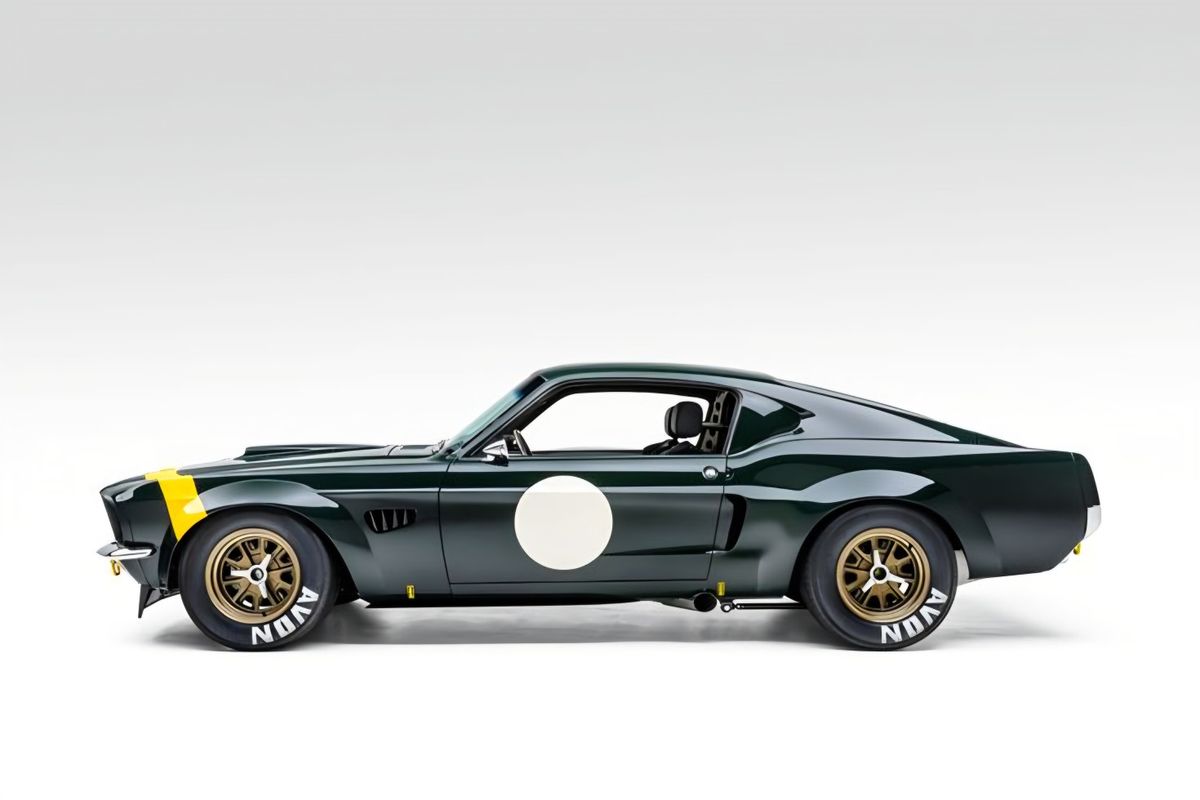
Over the decades, the 1965 Mustang has become one of the most beloved American classics. It remains one of the most exported American cars in the collector world. Its combination of style, modifiability, parts availability, and emotional resonance has kept demand strong.
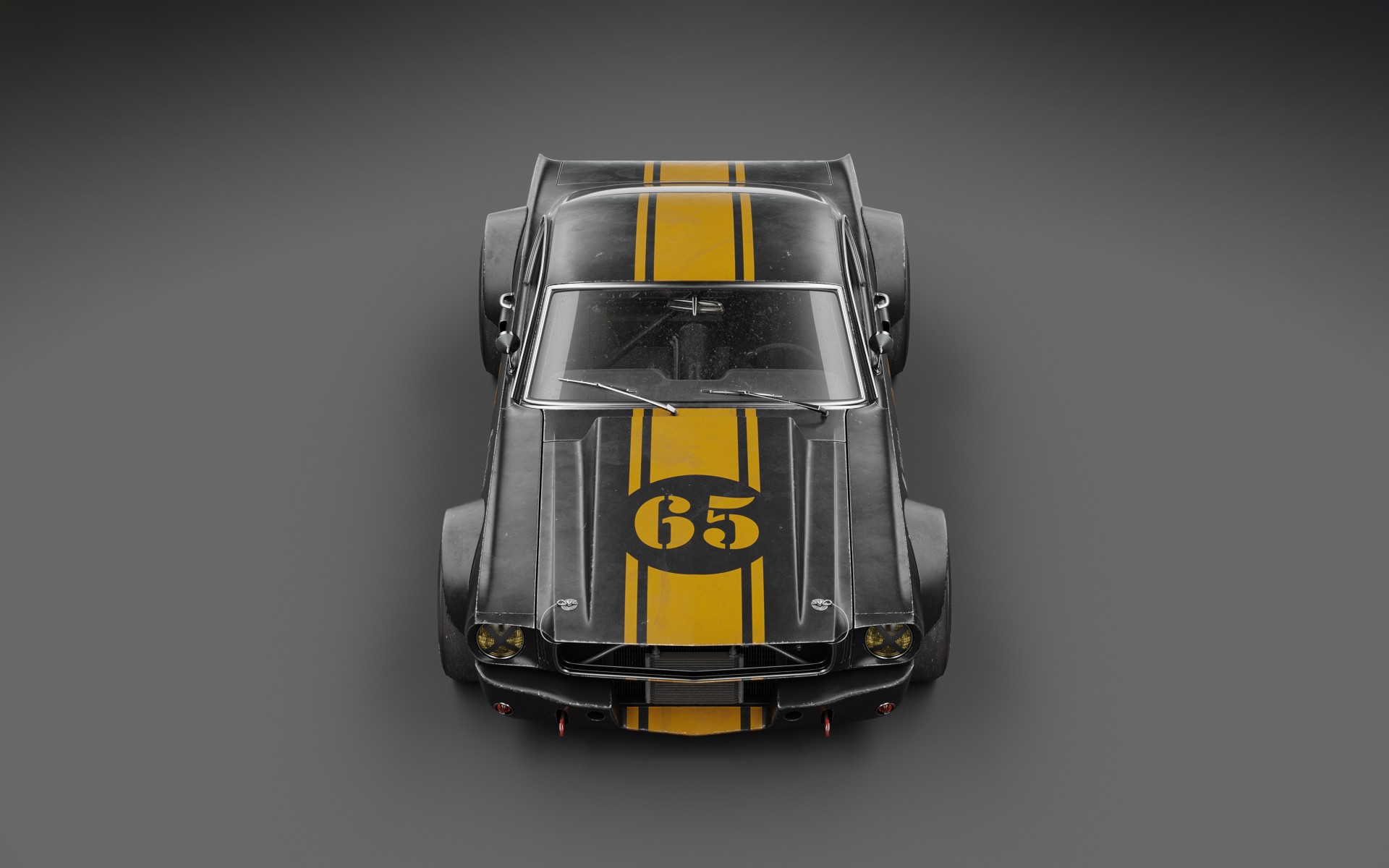
A well-done “RK” restomod would likely attract serious attention: it would straddle the world between a show car and a usable high-performance classic. Among collectors, builds that honor original character while delivering modern usability tend to command premium respect (if not always premium price, depending on preservation of originality).
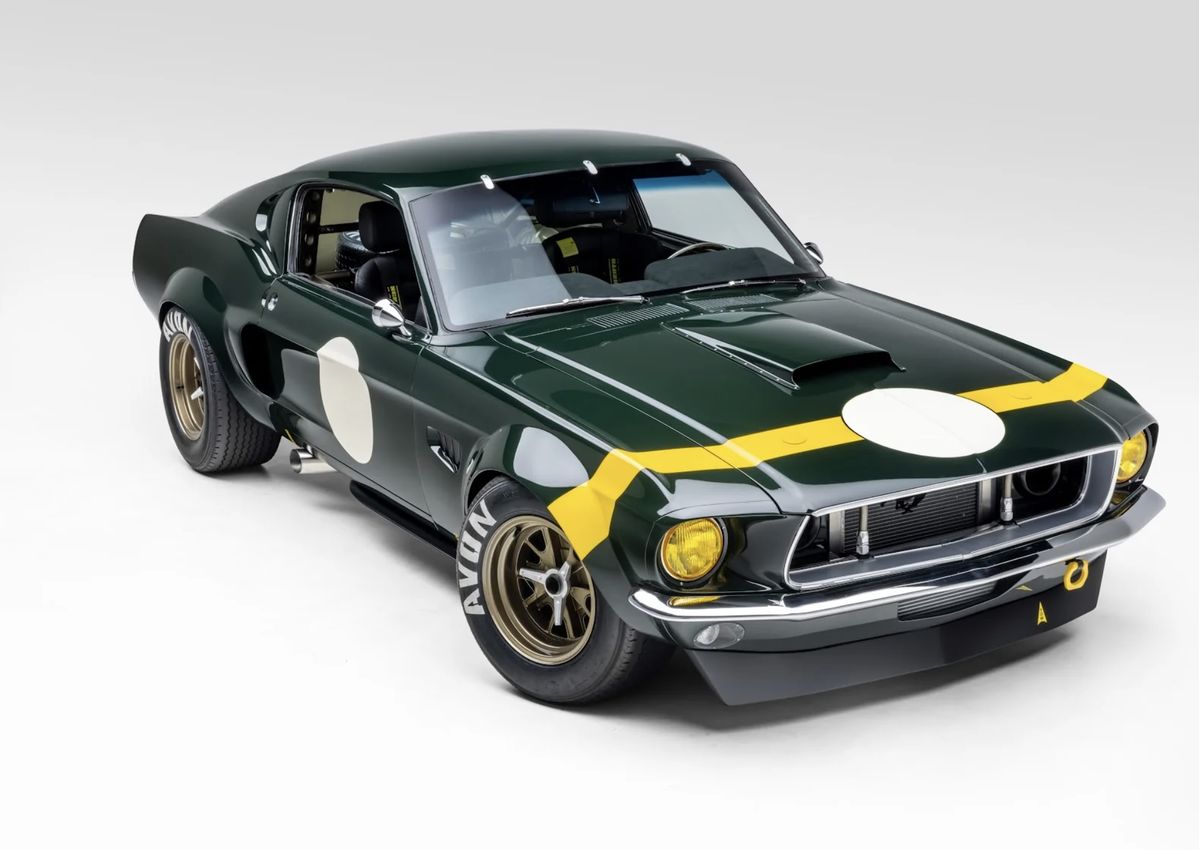
Let’s weave in a few human touches. Lee Iacocca famously championed the Mustang project internally, even when others at Ford thought it was a distraction. His persistence turned that risk into one of Ford’s greatest successes.

Donald N. Frey was the chief engineer who managed the technical execution under intense time constraints. The car’s launch was among the boldest in automotive marketing history.
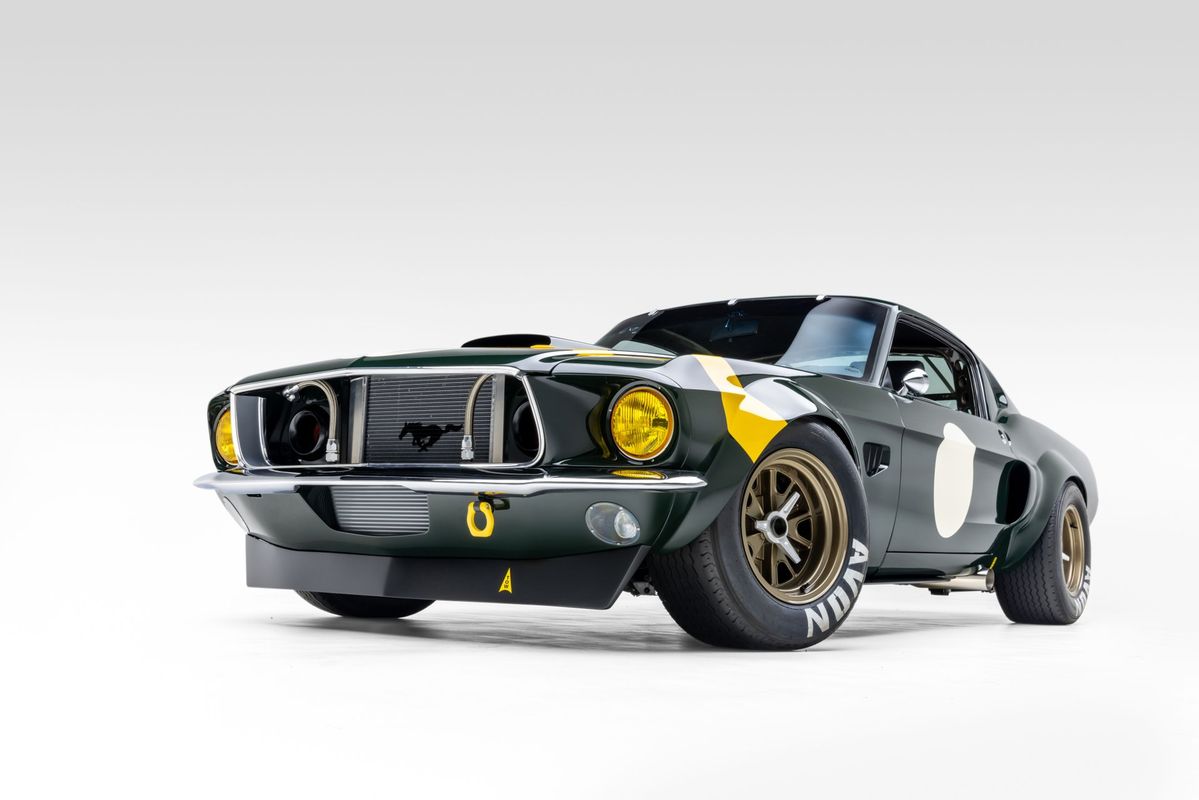
Later, it would be Shelby’s name attached that gave performance legitimacy: Carroll Shelby, once a racer, then constructor, elevated the Mustang into full competition. The GT350 carried his name and engineering into race paddocks.

In the hands of private owners over decades, the Mustang inspired countless restoratons, hot-roddings, and emotional journeys. Maybe “RK” is the signature of a modern customizer who sees himself as continuing that heritage — taking what Ford built, and breathing new life into it.
-